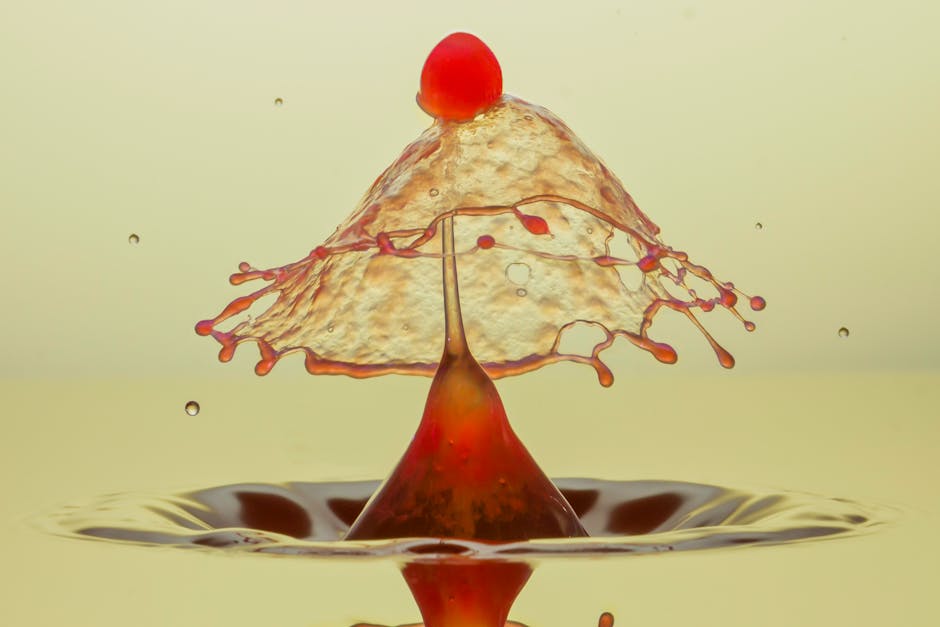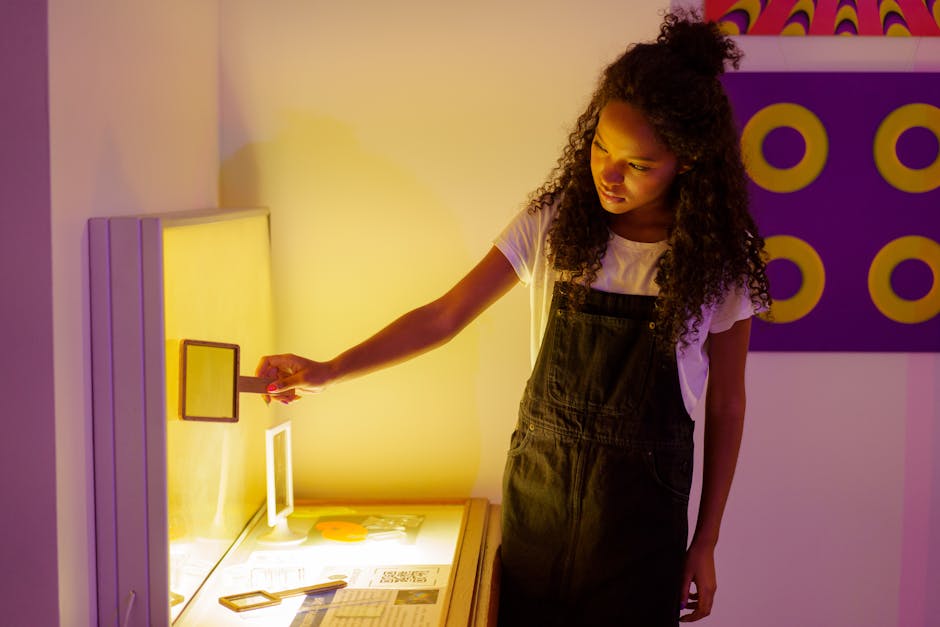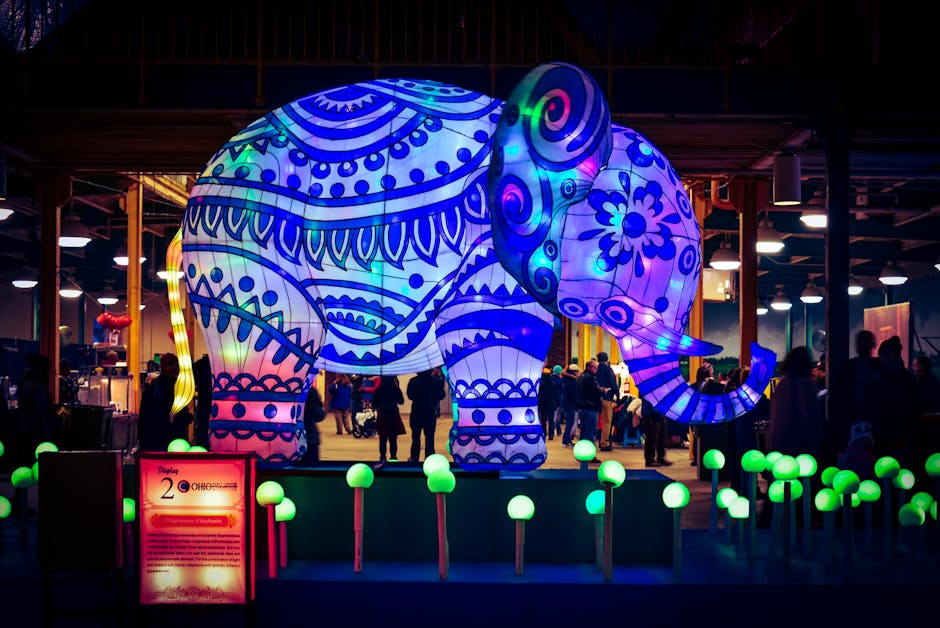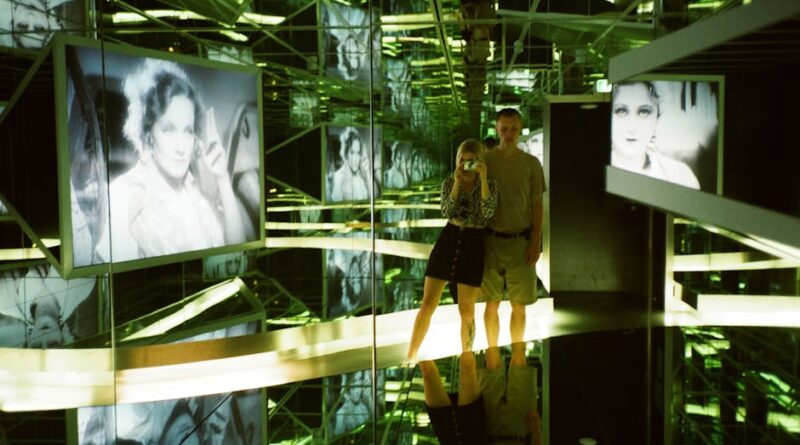Exploring the Impact of Interactive Art Installations
Art has always been a powerful medium for expression, evoking emotions, provoking thoughts, and challenging perceptions. In recent years, a new form of art has emerged that transcends traditional boundaries – interactive art installations. These innovative creations invite viewers to actively engage with the artwork, blurring the lines between spectator and participant. From immersive digital experiences to sensory-rich environments, interactive art installations have been captivating audiences around the world. In this article, we delve into the world of interactive art installations and explore their profound impact on individuals, communities, and the art world as a whole.
The Evolution of Interactive Art

Interactive art installations are not a recent phenomenon; they have been evolving for decades. The roots of interactive art can be traced back to the avant-garde movements of the early 20th century, where artists sought to break away from traditional forms of art and engage viewers in new ways. The emergence of technology in the latter half of the century further fueled the development of interactive art, as artists began to incorporate elements such as sound, light, and motion into their installations.
One of the pioneering figures in interactive art was the renowned artist Nam June Paik, who is often credited with creating some of the earliest interactive installations using television sets and electronic components. Paik’s work laid the foundation for future generations of artists to explore the possibilities of interactive art, paving the way for the diverse range of installations that exist today.
The Impact on Audience Engagement

One of the most significant impacts of interactive art installations is their ability to engage audiences in a more profound and meaningful way. Unlike traditional static artworks that are meant to be observed from a distance, interactive installations require viewers to actively participate in the artwork, often becoming part of the creative process themselves. This hands-on approach not only enhances the viewer’s connection to the artwork but also fosters a sense of ownership and agency.
Interactive art installations have the power to transform passive spectators into active participants, inviting them to explore, interact, and even manipulate the artwork. This level of engagement can lead to a more immersive and memorable experience, as viewers are encouraged to use their senses, emotions, and intellect to interact with the installation. By breaking down the barriers between the artwork and the audience, interactive installations have the potential to create a deeper and more meaningful impact on the viewer.
The Role of Technology

Technology plays a crucial role in the development and advancement of interactive art installations. From virtual reality and augmented reality to sensors and motion tracking, artists are leveraging cutting-edge technologies to create immersive and interactive experiences for viewers. These technological tools not only expand the creative possibilities for artists but also allow for greater customization and interactivity in the artwork.
Interactive art installations that incorporate technology can blur the boundaries between the physical and digital worlds, creating dynamic and transformative experiences for viewers. By using technology as a medium, artists can create interactive environments that respond to the viewer’s movements, gestures, or even emotions, adding a layer of complexity and interactivity to the artwork.
Social Impact and Community Engagement

Interactive art installations have the potential to have a significant social impact by bringing people together, fostering connections, and sparking conversations. These installations often serve as communal spaces where individuals can interact with each other, share experiences, and collaborate on creating new meanings and interpretations of the artwork. By transcending individual perspectives and fostering a sense of shared experience, interactive art installations can promote empathy, understanding, and dialogue within communities.
Furthermore, interactive art installations have the power to engage diverse audiences, including those who may not typically visit traditional art galleries or museums. By making art more accessible, interactive installations can reach a broader demographic and engage individuals who might not have had the opportunity to experience art in a traditional setting. This inclusivity and diversity in audience engagement can enrich the cultural landscape and promote a more inclusive and vibrant artistic community.
Educational Benefits and Learning Opportunities
Interactive art installations offer unique educational benefits and learning opportunities for audiences of all ages. By engaging with interactive artworks, viewers can develop critical thinking skills, creativity, and problem-solving abilities. These installations often challenge viewers to think outside the box, experiment with different approaches, and explore their own creativity, leading to a deeper understanding and appreciation of art.
For children and students, interactive art installations can be particularly valuable in fostering curiosity, imagination, and a love for exploring new ideas. By providing hands-on experiences and encouraging active engagement, these installations can stimulate learning, inspire creativity, and spark a lifelong interest in the arts. Educational institutions and museums are increasingly incorporating interactive art installations into their programs to enrich the learning experience and engage students in new and innovative ways.
The Future of Interactive Art Installations
As technology continues to advance and artistic boundaries are pushed further, the future of interactive art installations holds immense promise and potential. Artists are exploring new mediums, incorporating emerging technologies, and pushing the boundaries of what interactive art can achieve. From virtual reality experiences to interactive soundscapes, the possibilities for interactive art installations are endless.
Furthermore, the growing popularity of interactive art installations in public spaces, festivals, and cultural events suggests a shift towards a more participatory and inclusive art culture. As audiences become more accustomed to interactive experiences and seek out new forms of engagement, interactive art installations are poised to play a central role in shaping the future of art and culture.
Common Misconceptions
One common misconception about interactive art installations is that they are purely for entertainment purposes and lack artistic depth or meaning. However, many interactive installations are created with a strong conceptual foundation, exploring themes such as identity, memory, social justice, and environmental sustainability. These artworks often challenge viewers to think critically, reflect on their own experiences, and engage with complex ideas in a meaningful way.
Another misconception is that interactive art installations are inaccessible or intimidating to audiences who may not have a background in art or technology. In reality, many interactive installations are designed to be inclusive, welcoming audiences of all backgrounds and skill levels. By providing clear instructions, intuitive interfaces, and engaging experiences, artists can create interactive installations that are approachable and engaging for a wide range of viewers.
Conclusion
Interactive art installations have revolutionized the way we experience and engage with art, transforming passive viewers into active participants. By combining art with technology, social engagement, and educational opportunities, interactive installations have the power to inspire, educate, and connect individuals in profound and meaningful ways. As we look towards the future, the impact of interactive art installations is sure to continue shaping the artistic landscape and enriching our cultural experiences.
To wrap things up, interactive art installations offer a dynamic and innovative approach to art, inviting viewers to explore, interact, and engage with the artwork in new and exciting ways. By breaking down barriers, fostering connections, and sparking creativity, interactive art installations have the potential to transform the way we experience art and engage with the world around us.




